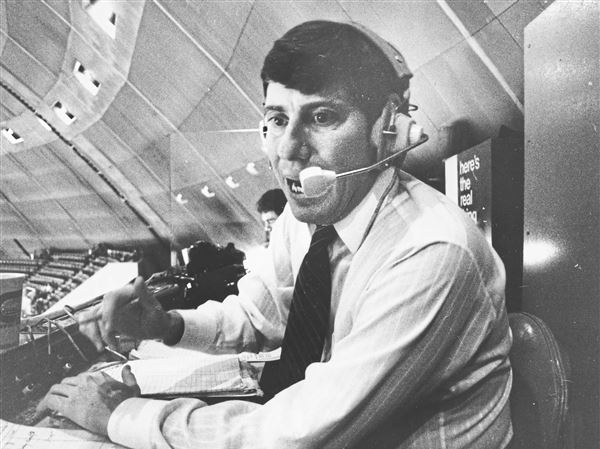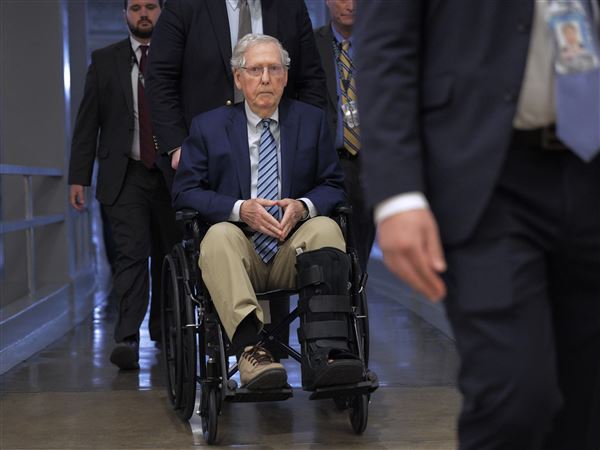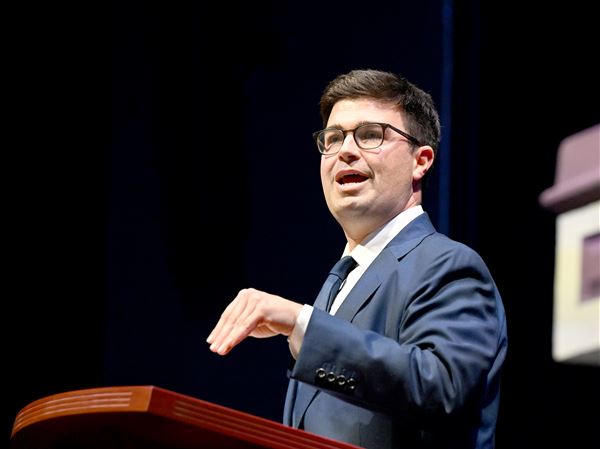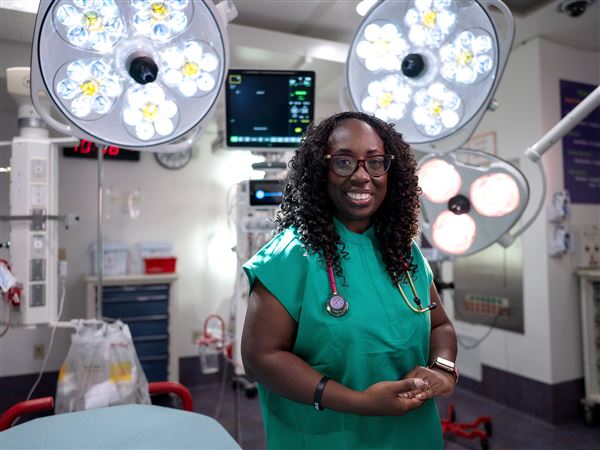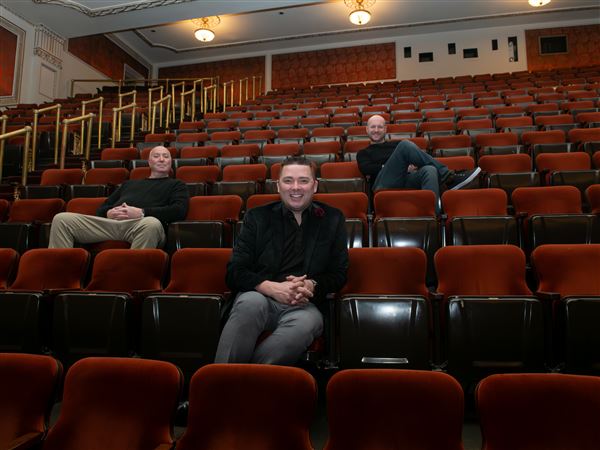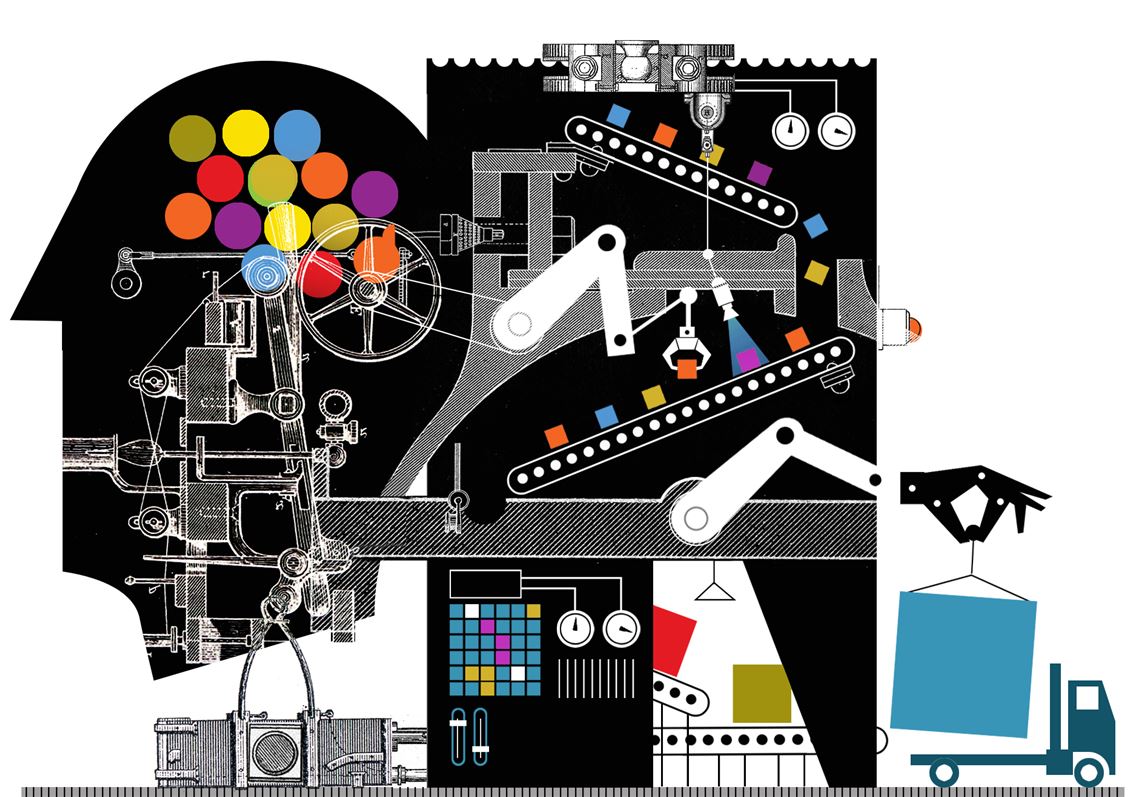Hundreds of thousands of documents, each jammed with dense bricks of text and complicated drawings and a list of citations, appear every year at the U.S. Patent and Trademark Office — a steady stream of inventions from bright minds who hope their ideas reach far and wide.
To researchers at Carnegie Mellon University, the documents could be the key to anticipating how and where advances in artificial intelligence and machine learning will alter jobs across the country.
The CMU team is getting at an important question in an area of crowded research. The invasion of robots in the American workforce has been addressed in a tide of reports, with broad agreement among labor economists that virtually all jobs have become more computerized and perhaps half of all jobs are likely to be further automated.
But there has been sparse research into what local governments and foundations can do to cushion the blow of technology: Precisely where, how and in what professions will some of the biggest disruptors — driven by artificial intelligence — roll out first?
“The advantage of our approach is you can see in a very granular way, where these inventions are emerging,” said Lee Branstetter, a CMU professor of economics and public policy leading the new study that is relying in part of patent filings. “And how this is all changing over time.”
The research is one of two projects awarded a total of $550,000 from the Heinz Endowments, which is marking the launch of its Future of Work initiative.
While the Pittsburgh charitable foundation has invested in labor studies for decades, it is going in a new direction to seek clarity in an area of research often plagued by wild speculations, said Grant Oliphant, the foundation’s president.
Automation in the workforce is “almost too massive to comprehend,” Mr. Oliphant said. One person may argue technology will render half of all work tasks obsolete, while another may say it will create jobs on the whole.
“It’s becomes very difficult to have a reasonable conversation,” he said.
What local officials need, he said, is clear insight on technological shifts within discrete job sectors, as well as specific policy proposals to consider. “What we actually need to do is begin to have a more grounded conversation about some industries that are affected in the near term,” he said.
To start chipping away at that, the foundation turned to a place that knows quite a bit about inventive spirit.
It awarded $200,000 to Carnegie Mellon, site of the world’s first academic department devoted to machine learning and builder of the very technologies causing hand-wringing across the labor force. And the school’s economists are looking to machine learning itself to get the fullest picture of artificial intelligence inventions.
Mr. Branstetter said he had considered other sources that could portend technological change, such as estimates from venture capital funding or a study of emerging academic courses.
But patents, he explained, offer a wealth of information generated from inventors themselves.
Each one names the company involved in the invention, the location of the research, a description of how the technology will be implemented and how it could disrupt products and services. In most cases, patents preview technology that could be introduced within a year or two, Mr. Branstetter said.
Put together, patents can be used to visualize where artificial intelligence is making gains. The idea is to display artificial intelligence shifts on a map that shows different regions and industries.
The abundance of information was a benefit — but also a hitch. Many patents that use artificial intelligence techniques are classified according to the ways the item can be used, such as a patent for a “medical device” or a “retail product.”
To get the most accurate results, Mr. Branstetter said, you need a machine learning algorithm that can parse the text of patents, searching for keywords and phrases associated with artificial intelligence.
Mr. Branstetter walked across campus to his colleague Tom Mitchell — a CMU computer science professor and the founder of the school’s doctoral program in machine learning in 2002 — to solicit help.
Mr. Mitchell agreed, and computer science researchers joined Mr. Branstetter’s team.
Machine learning — in which computer systems’ performance improves with repetition — has driven advances like facial recognition, natural language understanding and computer vision. Lawyers could be affected by document scanners; radiologists by smart medical devices and disease predictors; beauticians by an AI-driven engine that gives beauty advice.
In part with CMU’s findings, the Keystone Research Center, a left-leaning research organization based in Harrisburg, will separately begin to craft policy suggestions.
“You really do need to dig into specific industries in which technological change plays out,” said Stephen Herzenberg, an economist with the KRC.
The answers won’t arrive overnight.
The Heinz Endowments expects policy recommendations by January 2020, and Mr. Oliphant said the organization wants to get some feedback from these initiatives before moving forward on funding any others.
Mr. Branstetter, who launched CMU’s own Center for the Future of Work last year, has a list of other projects he hopes to begin, backed by more funding from other foundations, including a study on how government-subsidized ride-hailing could work in low-income neighborhoods.
“At the end of the day, we’re going to have something really interesting,” he said.
Daniel Moore: dmoore@post-gazette.com, 412-263-2743 and Twitter @PGdanielmoore.
First Published: January 15, 2018, 11:30 a.m.
Updated: January 15, 2018, 1:13 p.m.
